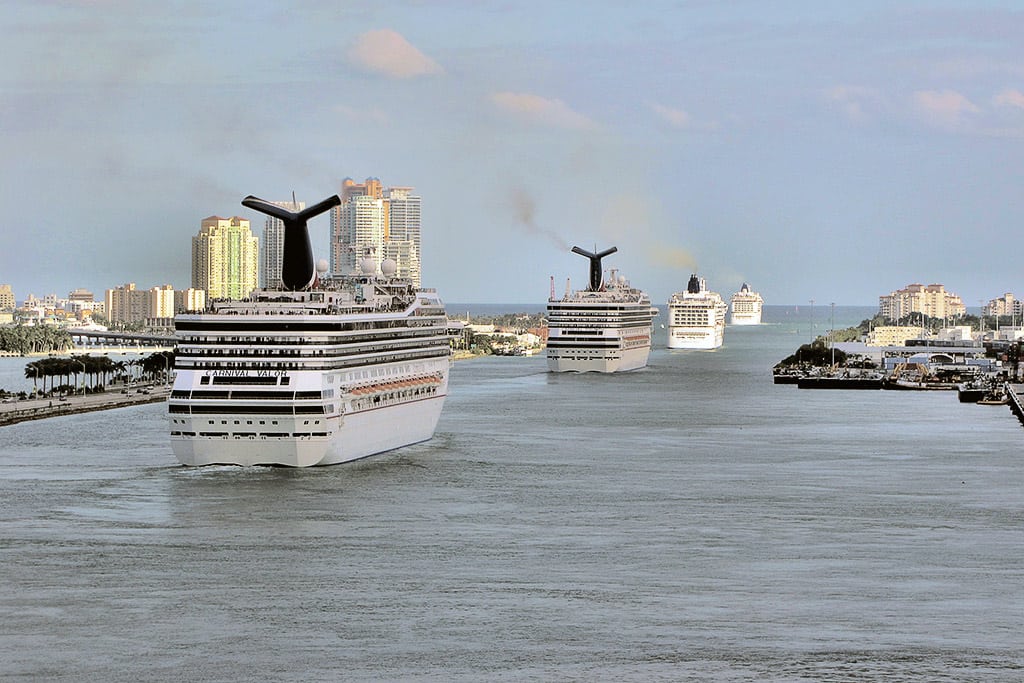Four Takeaways on How Cruise Lines and Cruisers Spend Money

Skift Take
The negatives of the cruise industry get so much attention that it's easy to forget that cruising contributes to many regional economies around the country.
For all the talk about cruise lines doing anything to turn a profit, it's easy to forget that cruise lines spend billions in the U.S. economy to support their operations.
A new report shows the industry's contribution to the U.S. economy is growing as a result of increased spending.
Direct and indirect cruise-related spending in the U.S. rose to a new high of $21 billion in 2014, according to a report conducted by Business Research & Economic Advisors for CLIA.
The number of total cruise passengers sourced from the U.S. also reached a record high of 11.33 million, recording the highest year-over-year growth since 2010.
"The global cruise industry is a critical contributor to the U.S. economy and we see evidence of the industry's positive effect spreading across the country," said Cindy D'
